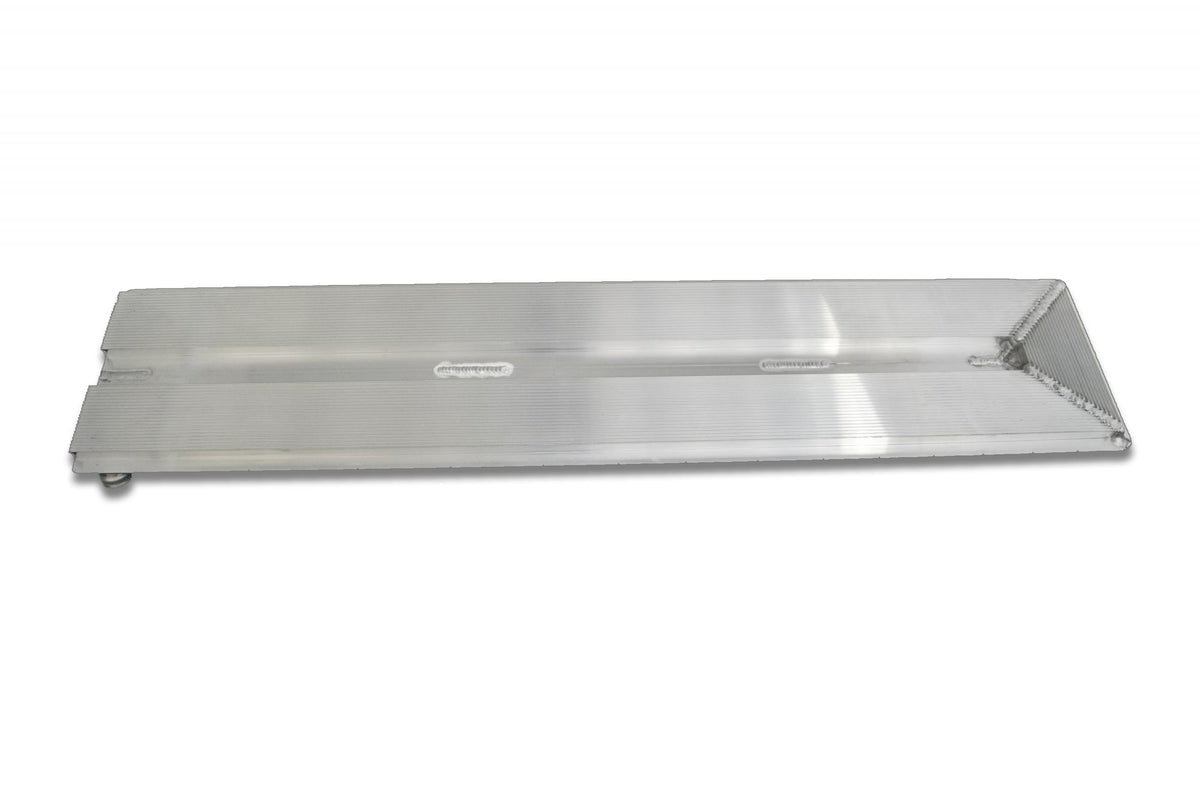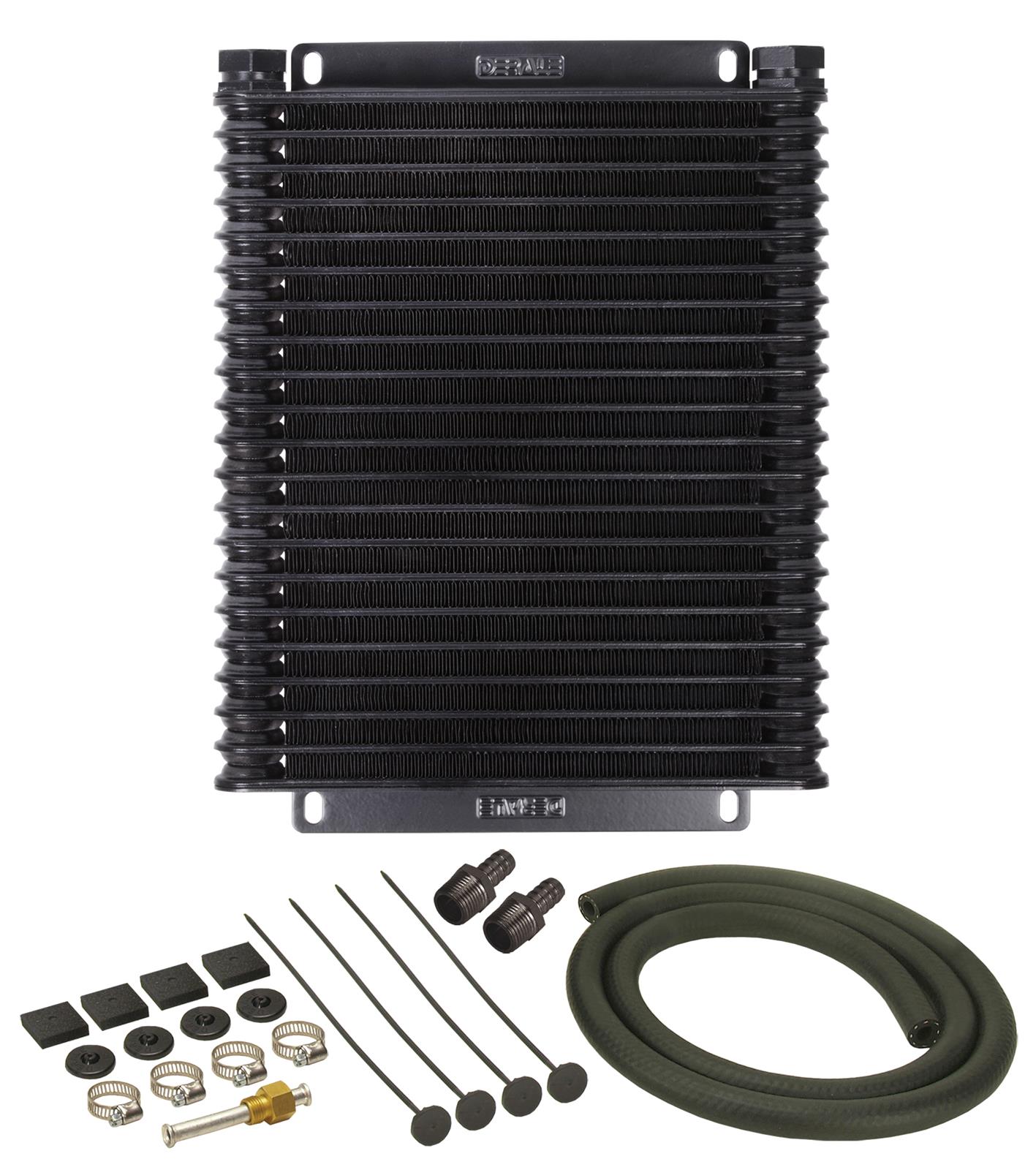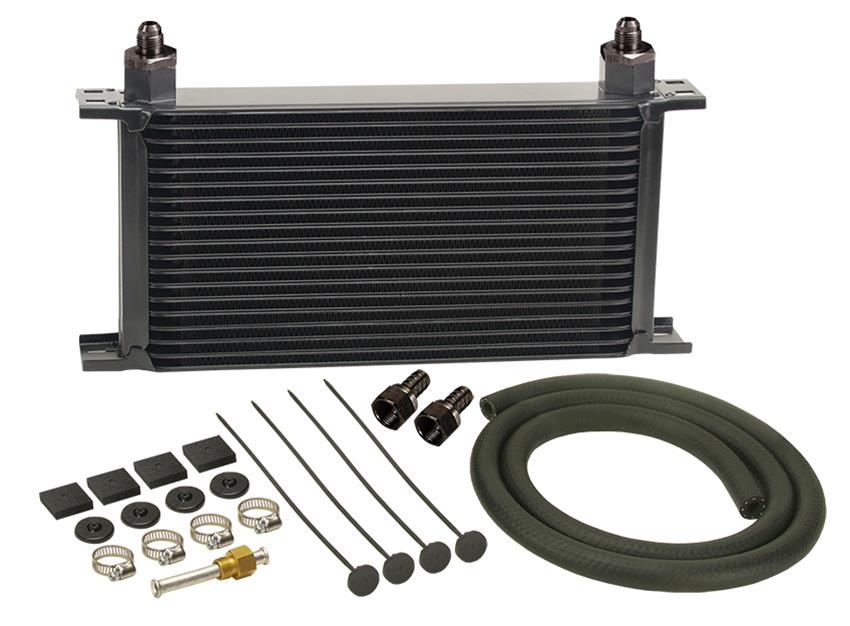Tested some Trans / Oil coolers.
Edit: to interpret the data look at the Delta# this is how much the fluid cooled in °F per pass.
Deralle 9000 21 row
Free Shipping - Derale 9000 Series Fin and Plate Transmission Coolers with qualifying orders of $109. Shop Fluid Coolers at Summit Racing.

www.summitracing.com
Amazon Deralle Knock Off
19 Row AN10 Stacked Plate Oil Cooler
Free Shipping - Derale Stacked Plate Fluid Coolers with qualifying orders of $109. Shop Fluid Coolers at Summit Racing.

www.summitracing.com
Thermal Transfer MA4
Data:
78 F Ambient air for all tests
I used tap water for testing not oil
MA4
VA14-AP7/C-34A 12V 7.5" Spal Brushed
4.5 GPM
138 F IN
134 F OUT
Delta 4
MA4
VA109-ABL321P/N-109A/SH 12V 10" Spal Brushless
4.5 GPM
144 F IN
138 F OUT
Delta 6
Equates to 12,000 BTU/hr with 60° ETD
Manufactures testing shows it should be around 15,000 BTU/hr with 100° ETD with oil
AMAZON DERALLE 19 Row Knock Off
VA109-ABL321P/N-109A/SH 12V 10" Spal Brushless
3.18 GPM
151 F IN
150 F OUT
Delta 1
DERALLE 9000 21 Row 13615
VA109-ABL321P/N-109A/SH 12V 10" Spal Brushless
3.65 GPM
141 F IN
131 F OUT
Delta 10
Equates to 15,000 BTU/hr with 63° ETD
Manufactures testing shows it should be around 15,000 BTU/hr with 100° ETD with oil
DUAL Stack / 2 Cores thickness DERALLE 9000 21 Row 13615
VA109-ABL321P/N-109A/SH 12V 10" Spal Brushless
3.65 GPM
146 F IN First core to cold air
139 F OUT First core to cold air
Delta 7
Equates to 10,500 BTU/hr with 68° ETD
The second core is going to see less Delta as it will see hotter air from the first core. The first core to cool air dropped Delta 3 from free flowing to restriction of the fan.






